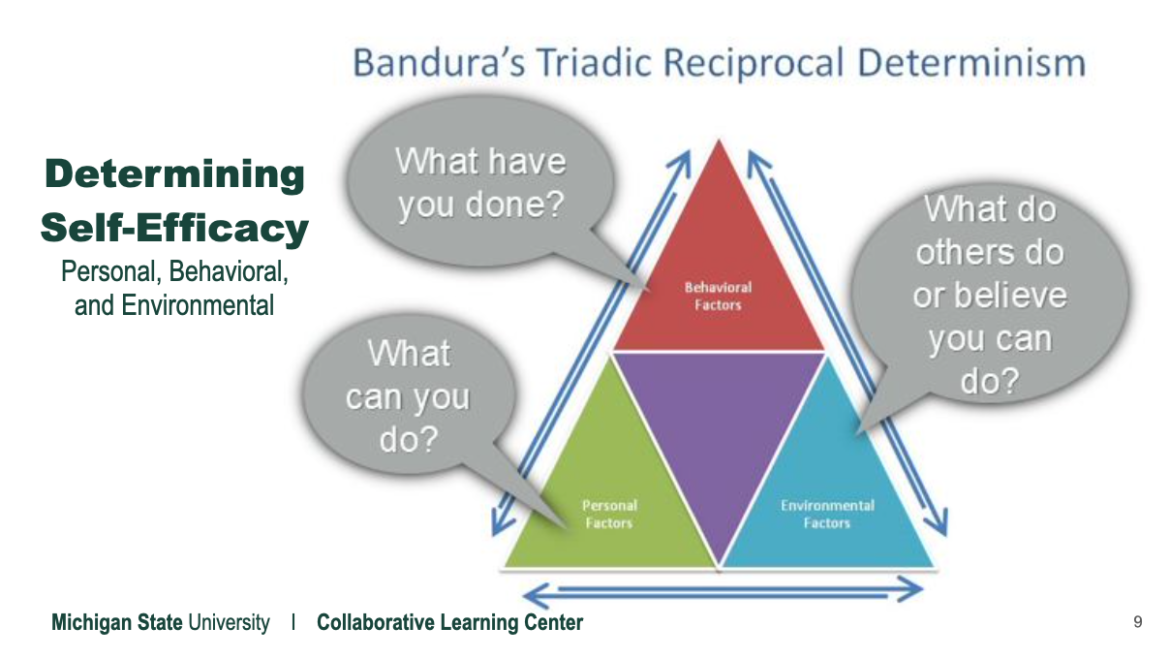As the spring semester ends, two academic success workshops regarding procrastination and final exam preparation may be advantageous against dwindling stamina.
April 6, Seven Mattes Ph.D., assistant professor in integrative studies in social science, presented on procrastination via zoom, and April 10 Nate Clason Ph.D., professor in the education department, presented on final exam preparation at Bessey Hall.
For those who did not attend, here are some suggested strategies, starting with procrastination.
“You are so much more than your productivity,” a message emphasized by Mattes in the beginning of the workshop. Procrastination is something that students should learn to work with, not against. Oftentimes, procrastination is seen as lazy behavior, but it is quite active. The important tasks are replaced with lesser tasks like playing video games or cleaning.
“Your brain is continuously aware it should be doing something else, it’s anxious, it’s uncomfortable…you are actively avoiding,” she says.
A prime example of procrastination is waiting to be in the right mood to work. She elaborates, “we are told all the time we need to be motivated, that we need to find the thing that motivates us… that’s true…but a lot of the time in our lives including here in college we have to do stuff without motivation…but you gotta do it.”
Before noting strategies to help with procrastination it is key to know why it happens. Yes, it could be the lack of motivation, or, impulsivity, genetics, time management skills, anxiety, or a disconnect with one’s future self.
In addition, it is key to believe in oneself, with that, Bandura’s Triadic Reciprocal Determinism is a measurement. Broken down into three factors: personal (accepting change), behavioral (acknowledging what works and what doesn’t), and environmental (recognizing distractions in the context of one’s learning space). Answering these questions may help boost your confidence while clarifying what needs to be improved in the context of productivity.
Next, introducing the 2013 motivation poster created by Alex Vermeer, Mattes touches on the four goals of this poster: increasing expectancy, value; decreasing impulsiveness and delay.
Motivation may be awoken by finding inspiration, being competitive against oneself or others, and setting small breaks during a large task. Rewards may increase motivation, but this requires caution.
“Sleep(ing), eating food, drinking water, using the bathroom, hanging out with friends, exercise(ing), those are not rewards, those are necessities for life…so, do not fall (into) the habit of using those as rewards. That is a very dangerous place to be and you need those things as the foundation on which you do the learning,” she says.
The remaining strategies center around prioritization. The dynamic prioritization matrix may help organize one’s task into most urgent to least urgent. Mattes explains, procrastination feeds off of stress, so priorities make tasks feel manageable, and less overwhelming.
“It is never going to be about perfection, you are never going to get over procrastination entirely, we just have to work around it and work with what (you) have. You don’t develop habits overnight… All you can do is just keep at it and recognize that you are going to make so many mistakes… that is how (you) grow,” she says.
In a different workshop, the endgame is the same: optimizing one’s academic capabilities. Clason presented on final exam preparation in the form of planning, pro-tips, and active learning.
According to Clason’s presentation, it is necessary to ask two questions, first, “how do you know which exams to focus on?” second, “what if you have a final exam that is a paper or project?” Knowing how finals are weighted, if they are cumulative or non-cumulative, and calculating current grades– all a part of the planning process. Similarly, becoming familiar with how time-consuming these finals will be and where help is available.
Bloom’s Taxonomy, active learning, conveys the goal after learning material. Starting from the bottom (basic) to the top (complex), this may help with identifying what is expected on finals.
Recommended by Clason, ways to practice active learning: flashcards (the app Quizlet), textbook reviews, concept maps, writing summary questions, creating a similarity or difference chart, assembling study groups, or learning to teach the information.
While applying active learning it is important to take breaks (possibly using the pomodoro method) and break up course material, meaning, dedicate time to all courses per day, rather than dedicating time to one course per day.
Furthermore, Clason stresses the importance of spaced practice. Based on his presentation, “five hours spread out over two weeks is better than the same five hours all at once,” and science can attest.
For more assistant, please check the MSU help rooms/tutoring: https://ocat.msu.edu/help-rooms-tutoring-services/
